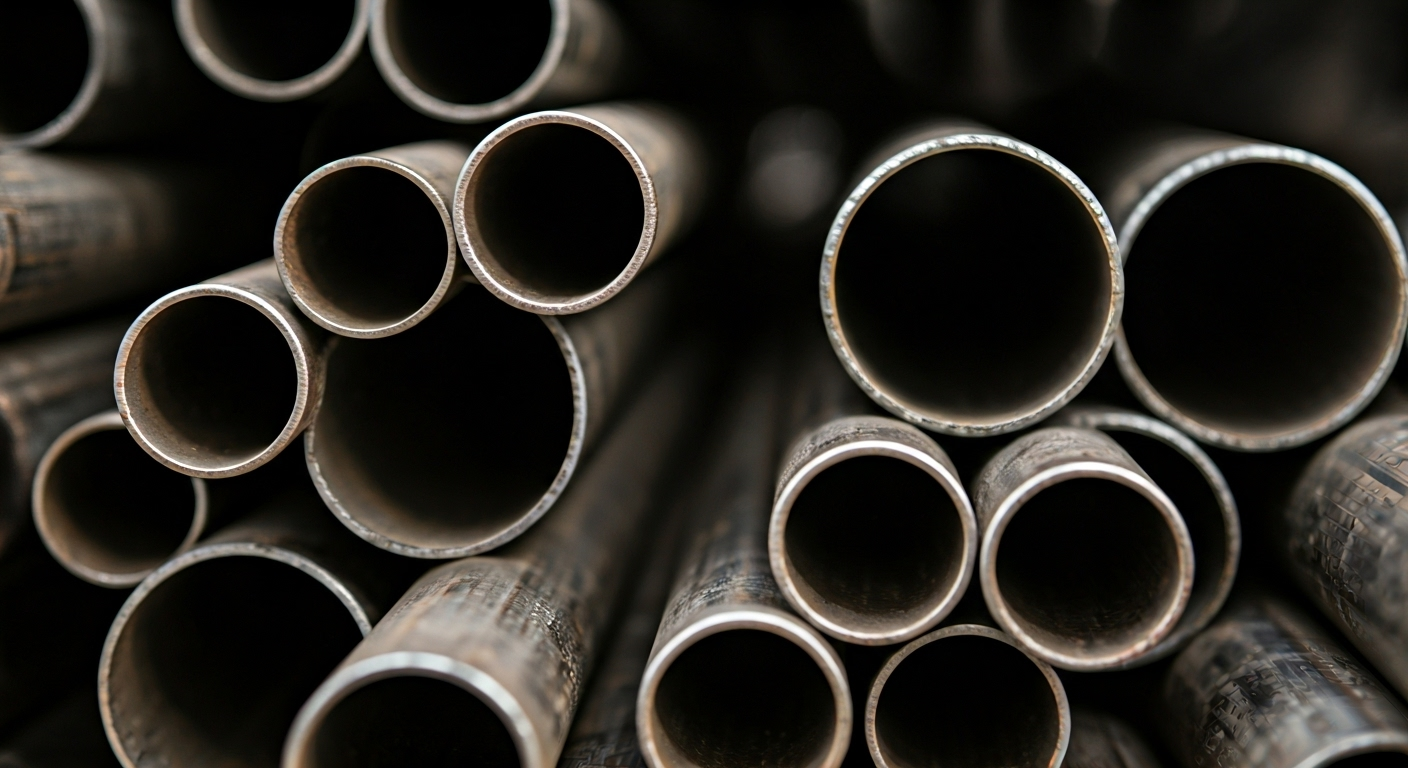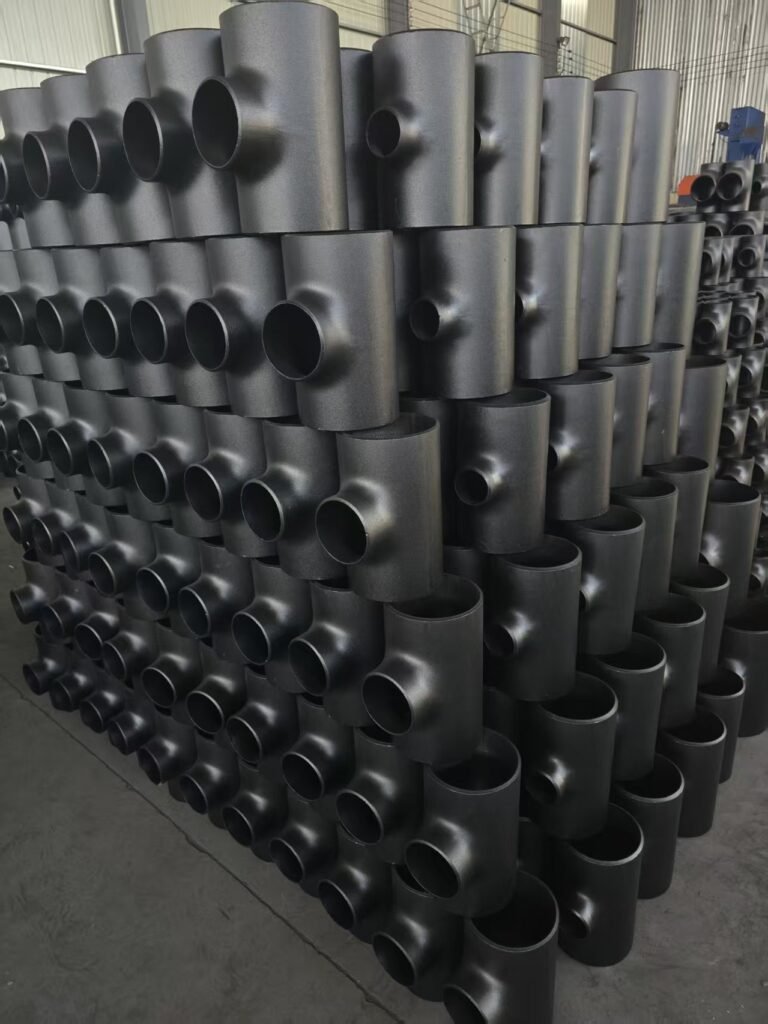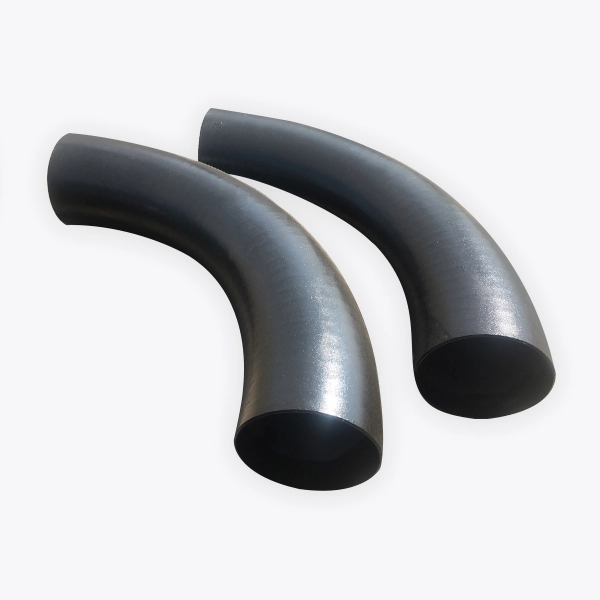-
中国河北省滄州市孟村県銀庄工業区

シームレス鋼管:主な違いの説明

主なハイライト
- Seamless steel pipes are crafted from a hollow billet and are free of seams, offering consistent pressure resistance and excellent performance in high-stress settings.
- Welded steel pipes are formed by welding the edges of coiled steel strips, resulting in visible seams but cost-efficient production suitable for general applications.
- Wall thickness in seamless piping can vary, while welded steel pipes generally offer more consistent thickness.
- The choice between mechanical tubing and structural applications often hinges on strength, precision, and cost.
- Both types find use in critical industries, including oil & gas, pharmaceuticals, and power generation, serving diverse requirements for ステンレス鋼管.
はじめに
Knowing the differences between seamless steel pipes and welded steel pipes helps you pick the right piping for the job. Seamless pipes come from hollow billets. These pipes are strong and often used where there is high pressure. This is because they do not have a seam, so they are usually trusted in tough spots.
Welded pipes cost less and can be used in many ways. These, too, work well in different settings. If you need stainless steel or something for grade B work, knowing these basic facts can help you get the best results. Using the right kind of piping makes sure your pipe system works well for many years, even in hard jobs.
Overview of Seamless and Welded Steel Pipes

The steel pipe industry mainly has two types: seamless pipes そして welded pipes. Seamless pipes are made by piercing a billet. They are strong and work well in places that need high pressure or where you need high tolerance. These are good for moving fluids at higher pressures. Welded steel pipes are made when steel sheets are rolled and joined. These are a good choice when you want something cheaper. People mostly use welded pipes for structure needs or when pressure is moderate.
There are other ways these pipes are different, too. Each pipe type has its own nominal wall thickness. They come in different sizes, and they cost different amounts. The unique features of each pipe affect where and how you will use them. Because of this, it is important to know about the right tools and needed 仕様書 for each kind of steel pipe.
Definition and Basic Characteristics of Seamless Steel Pipes
Seamless steel pipes have no visible seams. That gives them strong and steady support. The way they are made starts with a hollow billet, which is a round and solid piece of steel. This billet is pierced to make a seamless tube. This process removes weak spots from the pipe parts. Because of that, these pipes are great for holding up under high pressure and can be used where things can get tough.
You will often see these pipes made to meet global rules like ASTM. These standards help make sure the seamless steel pipes have the right 仕様書 that the job calls for. The design can fit many different widths and nominal pipe sizes (NPS). That means there is a size that will work for a lot of needs, like those in oil refineries or power plants.
One more important thing with seamless piping is the changing wall thickness. The rolling and pulling steps can change the wall thickness of the pipe. Sometimes, this can help, but it may not always be what is needed. That’s why those who design and work with these pipes must look at the strength, use, and how well the seamless tube performs before picking it for places where quality matters every day.
Definition and Basic Characteristics of Welded Steel Pipes
Welded steel pipes are made by joining the edges of steel sheets together. You will see a seam that runs along the pipe’s length. These pipes are good for the price and people use them in many industries. The most common uses are in building things and in water lines. The pipes can also come in different types, like ステンレス鋼管.
To make these pipes, the steel sheet is shaped into a round tube. Then, it is welded using methods like electric resistance welding (ERW). The work is done following standards such as アメリカ機械学会 そして API. New ways to weld the pipes have made the seams better and stronger. Even though the seam is there, the pipes can still last a long time and be strong enough for most uses.
When it comes to 配管, 付属品, and the welds, making everything the right size is important. This makes sure the pipes have the same wall thickness all along their length. You can see the welded seam, but it can still handle normal pressure just fine. To pick the right welded pipe, you have to look at things like the job it needs to do, what rules to follow, the 仕様書, and how well it works for what you want, like moving liquids or gases.
Key Differences in Manufacturing Processes

The way people make seamless pipes and welded pipes is not the same. A seamless pipe starts with a solid billet. They pierce it, roll it, and stretch it to get the size and thickness they need for the diameter and meet the right specifications. This gives the pipe strength since there are no seams.
On the other hand, welded pipes are made from flat steel sheets. These sheets get joined together, for example with ERW methods. That makes the seams you can see, but these pipes can be made in a way that saves money. Each way to make these pipes is best for some uses, so it’s good to know which is right for your job. Let’s talk about how the two types get made.
How Seamless Steel Pipes Are Manufactured
Making seamless steel pipes starts with a round piece called a billet. The billet gets heated until it is easy to shape. After that, a mandrel is used to push through and make a hollow tube without any joints or cracks. Once the tube is hollow, it goes through rolling and stretching. This step sets the pipe’s length and wall thickness, making sure it fits what the customer needs according to ASTM or other 仕様書.
Sometimes, seamless pipes need extra heating after they are formed. Other pipes become tough right during the main making process. To show the quality, makers give out Mill Test Reports (MTR) that show the pipe is strong and made the right way. Here is a quick table to explain the steps:
Stage | 説明 |
|---|---|
Heating Process | Billet gets hot so it can bend and shape easily. |
Piercing Mandrel | Makes the hollow tube with no seams in the wall. |
Stretching/Rolling | Sets the pipe’s length and wall thickness. |
This way of making pipes is good for jobs that need tough and exact pipes that you can trust in hard tasks.
How Welded Steel Pipes Are Manufactured
Making welded steel pipes starts when workers cut steel sheets so they match the exact needed size. The steel sheet is then shaped into a cylinder. The pipe edges are joined together by using modern ways like ERW または submerged arc welding. These ways follow the right rules, such as the べいこくきかくきょうかい specifications.
The process helps make the wall stay the same thickness throughout the pipe. It gives you many choices for tubing length and diameter, so it’s good for work that is not too hard on the pipe, like moving fluids. Some welded pipes also go through heat treatment after the welding. This is done to make sure it has good strength.
Even though there are seams in the pipe, new tools and tech help the pipe last a long time. Strict customer service checks make sure every pipe meets the rules and the needs of each project. Welded pipes cost less, work in many spots, and be ready to handle many jobs in the industry.
結論
To sum up, it is important to know the main differences between seamless and welded steel pipes. This helps you make smart choices in many industries. Seamless pipes are stronger and can handle more pressure. Welded pipes are cheaper and work well when there is not as much pressure. The way they are both made affects how they do their job. It also affects where they can be used. Think about cost, what you want to use it for, and any rules in your industry when you pick piping. This will help you choose the best pipe for your job. If you would like help to pick the best piping, contact us now to get a free consultation.
よくある質問
What are the main advantages of seamless steel pipes over welded pipes in Singapore?
Seamless steel pipes have good wall thickness and strong pressure resistance. They are a great choice for piping jobs that need to deal with more pressure. These pipes follow ASME rules, so they can handle higher pressure than welded pipes. Welded pipes have seams you can see, so they are used for jobs that are not as demanding. Seamless steel pipes are better for use in tough piping work.
Are there specific industries in Singapore that prefer one type of pipe over the other?
In Singapore, many people in the pharmaceuticals and energy industries use stainless steel seamless pipes when they need strong pipes that can handle pressure. For construction and water transport, most people choose welded pipes. These are better for the budget and good to use in structural applications and for mechanical tubing. There are also standards like ANSI that help people make the right choices for tubing and other needs.
How do seamless and welded steel pipes differ in terms of strength and pressure resistance?
Seamless pipes do not have any visible seams. This makes them stronger when they are used under high pressure conditions. They also can have different wall thickness. But, welded pipes do have seams. These pipes are made for jobs where very high outer diameter (OD) precision is not needed and they can handle only moderate pressure.
Which is more cost-effective: seamless or welded steel pipes?
Welded steel pipes often cost less, and the way they are made is simpler. You can also find them almost everywhere. But seamless steel piping, like the ones you get from American Piping Products, gives you better performance. This can be important for jobs where the work needs to be top quality. So, when you want the best value for your important piping jobs, seamless steel is a good choice.
What factors should be considered when choosing between seamless and welded steel pipes?
The time of order, the application needs, grade B compatibility, and MTR specifications all play a key part. When you need a pipe for high pressure, choose seamless carbon steel. If your project is about saving money and does not have tough pressure needs, welded pipes are a good pick.



